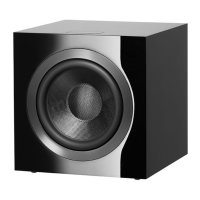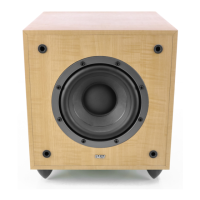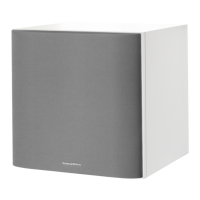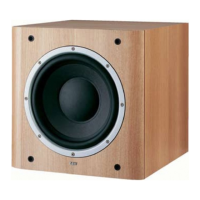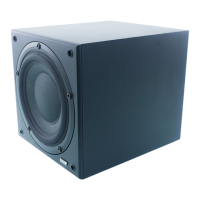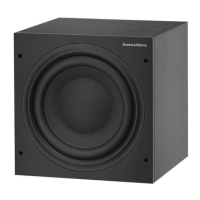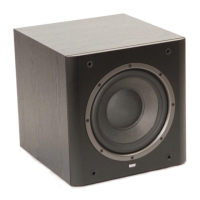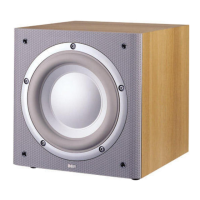The Problem
The holy grail of subwoofer design is deep and clean bass
from a near-invisible box. The immediate problem that
arises is that reduced box size both curtails bass
extension and increases pressure on the enclosure wall
and driver diaphragm.
Many small subwoofers are unable to reproduce
sufficiently extended bass and suffer from considerable
cabinet coloration, often resulting in bass that is uneven
and dissociated from the midrange and treble.
Some existing designs have tried to address this problem
by using complex, rugged drive units and very large
amplifiers in small boxes, but have neglected to give
sufficient consideration to the design of the enclosure.
Typically, the huge backpressures and mechanical
reaction forces generated by the heavy driver tend to
deform the cabinet walls, which then resonate and distort
the sound, particularly in relation to pitch definition.
Bracing the cabinet extensively certainly helps but to
satisfactorily solve the problem, you have to change the
design approach.
Pressure Vessel Concept
It is often the case that effective solutions to problems in
one scientific discipline may be derived from work done in
another. An example of that within B&W is the derivation
of our dimpled Flowport design from the aerodynamics of
a golf ball.
The Pressure Vessel takes its inspiration from deep-sea
diving bells. Their characteristic curved form resists the
pressure differences on each side of the walls to a much
greater degree than flatter panels, however well braced
they may be.
The trick is to change the way forces are distributed in the
structure, from bending (i.e. at right angles to the panel) to
being in the plane of the panel. After all, it's much harder
to squash or stretch a panel along its length or width than
to bend it.
